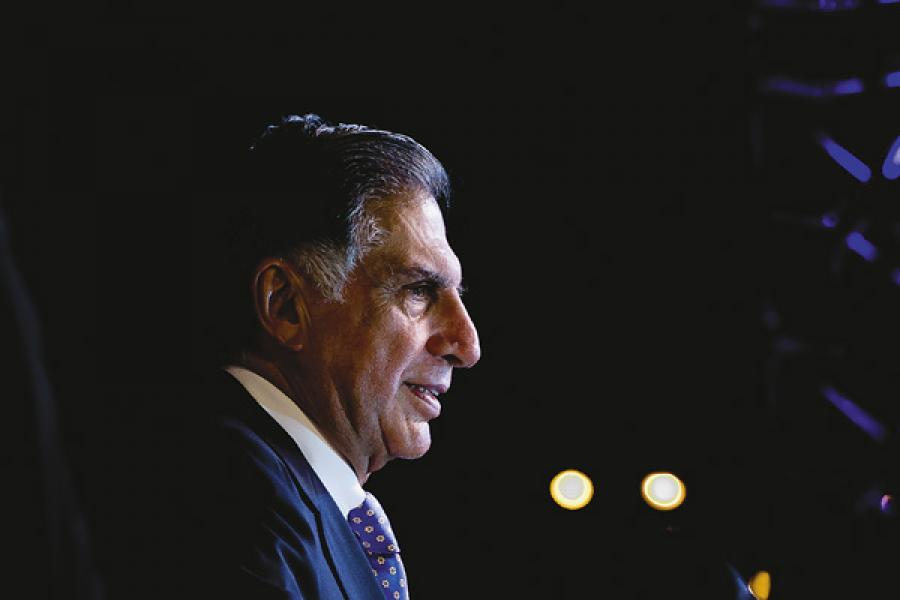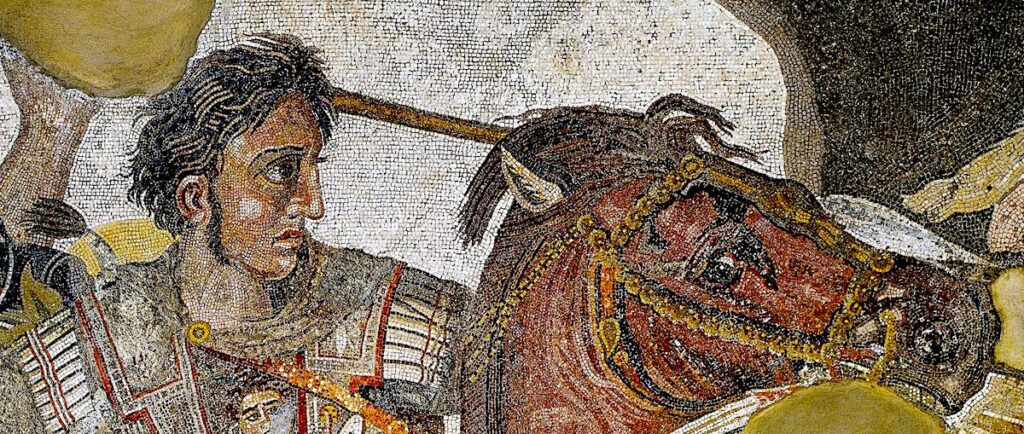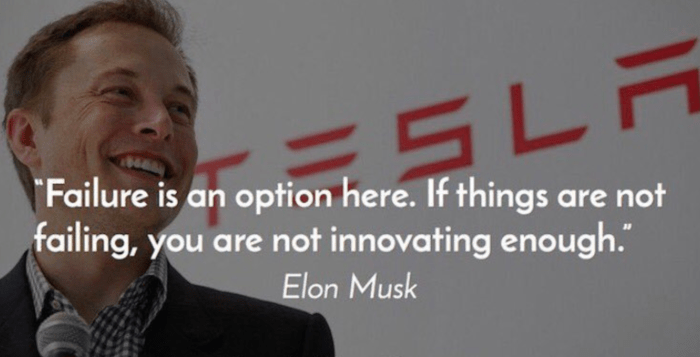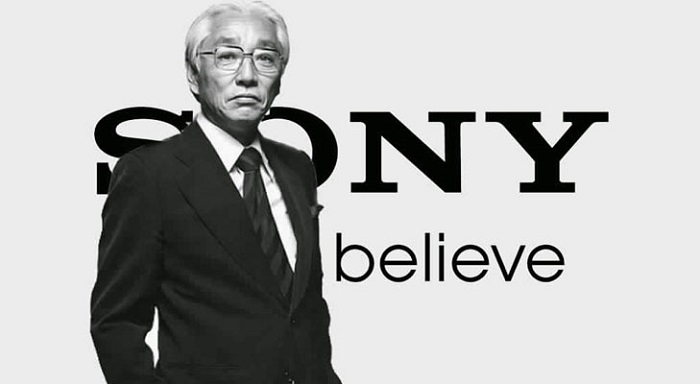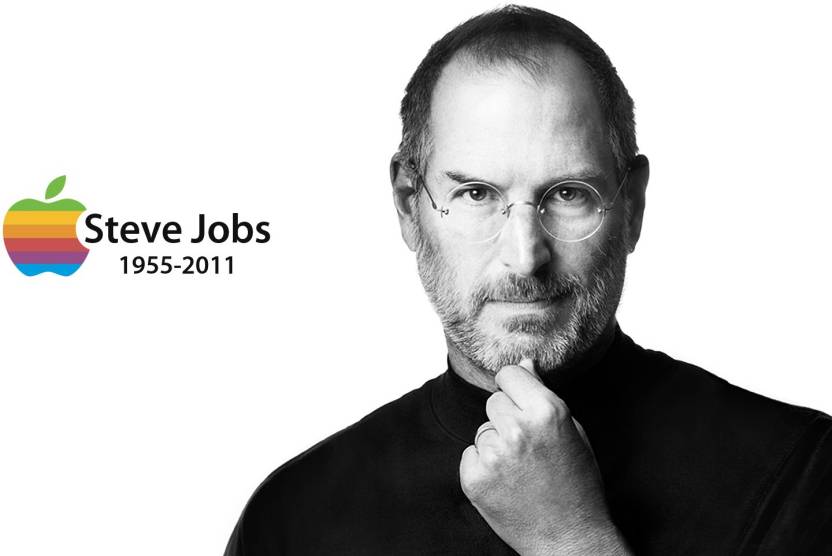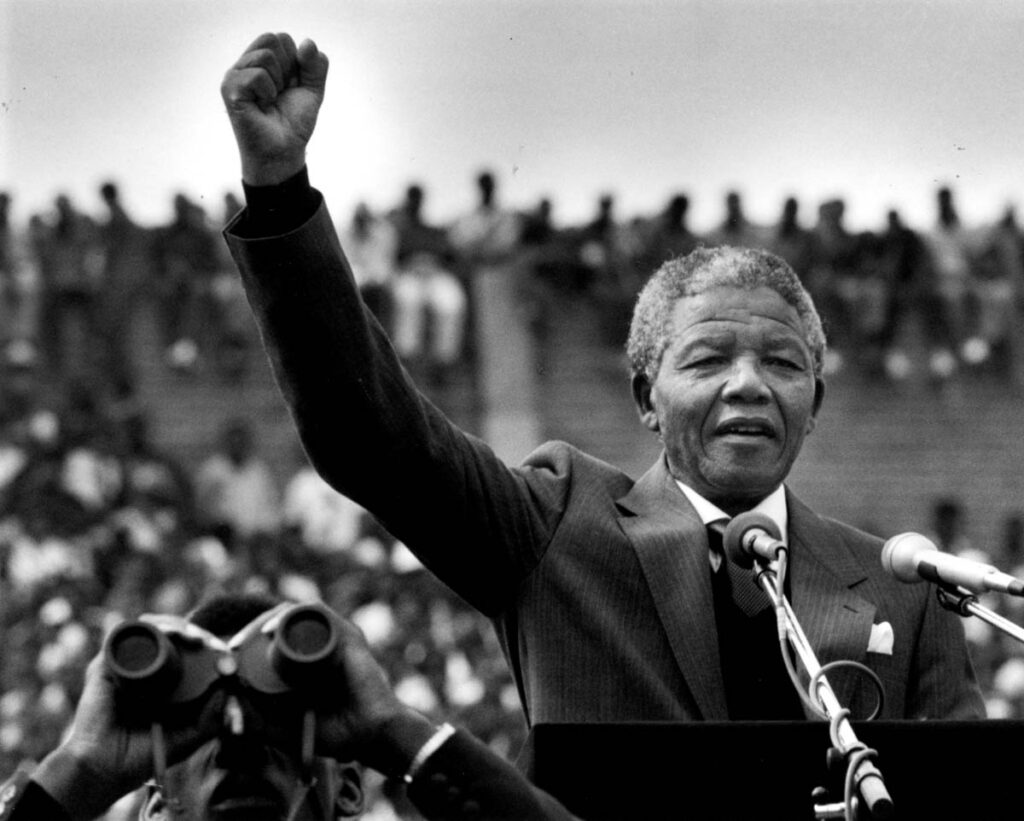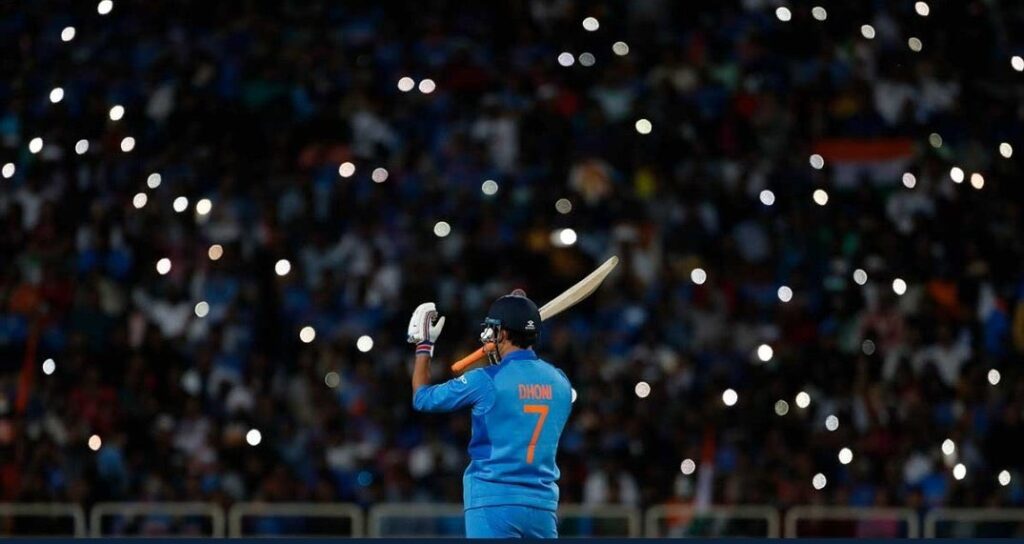Ratan Naval Tata is an industrialist, investor, philanthropist & Former Chairman of Tata Groups & Sons. He is a scion of Tata family, great-grandson of Jamsedji Tata, founder of Tata Group. He was preeminent in the industrialism in India, for grooming Tata revenues to hike up, over 40 times and profit, over 50 times. The market capitalization of the Tata family in early 1990s was below Rs.8000 crore with that compared to the current of the same as Rs.4,62,000 crore. The execution of this grandeur of the family, gained him as one among the world’s influential people, ‘Chairman Emeritus’ of the Tata Group. The move he made whilst the obstacles, during his primacy put forth him as an inspirational leader. The blog of Ratan Tata goes as like from here!
20 POINTS ON RATAN TATA:
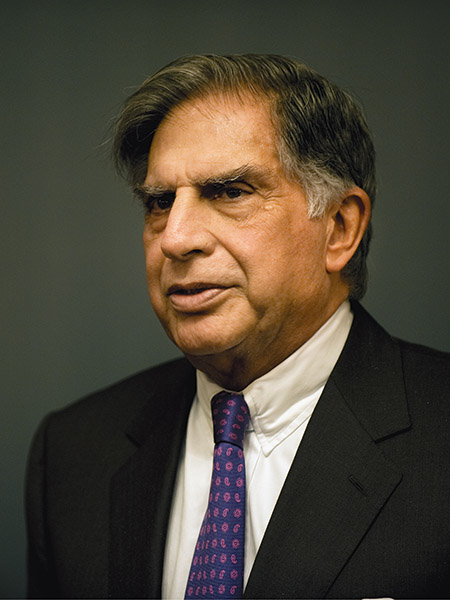
Name : Ratan Naval Tata
Born on/in : 28th December 1937(age – 82); In Bombay, India.
Prominence : Former Chairman of Tata Sons and Tata Groups
Awards : Padma Bhushan in 2000, Padma Vibhushan in 2008
1. The pioneer of the expansion of Tata Groups & Sons, Sir Ratan Tata was born in Bombay on 28th December 1937. His parents got separated when he was 10, and was adopted and raised by his grandmother NavajbaiR Tata.
2. Ratan Tata was schooled at Campion School and Cathedral and John Cannon school, both in Bombay, followed by Bishop Cotton school in Shimla. He was shy-type of person and in fear of stage-speaking or speaking before people. He was not either in any of the extra-curricular activities too.
3. Finishing the schooling, he headed to Cornell University, US for Architectural and Structural Engineering during years 1955-1962, where he was beckoned by the nation. He travelled the country and got charmed by California and was about to settle in Los Angeles. The spell misled when his grandmother Navajbai R Tata’s health deteriorated and was brought back, where he would belong to.
4. Rebounding to India, Ratan Tata got a job offer from IBM. JRD Tata wasn’t contented. Whilst being in the office of IBM, JRD Tata insisted over phone, “You can’t be in India and work for IBM”, and asked for a resume of Ratan, which he don’t have at that time. Ratan then, typed a resume, handed over to him and joined Tata Industries.

5. Ratan’s Career in Tata Industries started in Telco(now called Tata Motors) for six months, before joining the shop floors of Tata Steels as shoveling limestones and handling blast furnaces.
6. Naval Tata was a very good tackling and negotiating settlements, reports say. Ratan Tata also, had a notable conciliating and cooperating character, that acts in the concern of people, in his genes too; that is visible when he became the director of National Radio and Electronics(NELCO),an ailing electronics enterprise, which was his maiden independent leadership mission.
7. Ratan Tata involved himself in the board of Tata Sons as a director in 1974(age 37).
8. He then pursued Advanced Management Program in Harvard Business School in 1975, a seven week course.
9. In 1981, Ratan turn out to be the Chairman of Tata Industries, where he was the key person in transforming it into group strategy think-tank and led hands for promoting new ventures in high technology businesses.
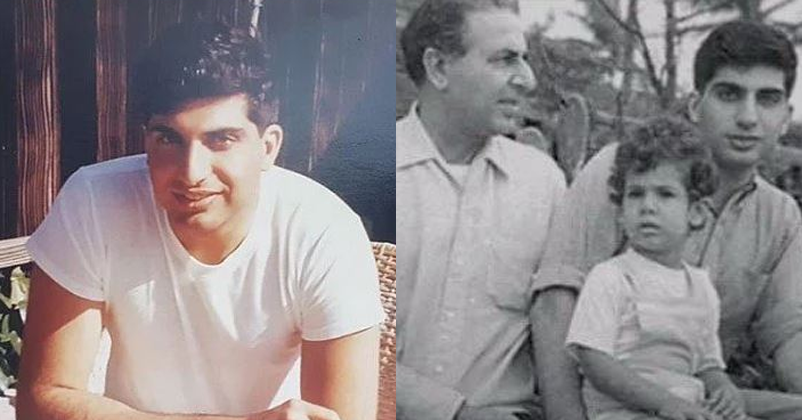
10. In 1991, Ratan Tata became J R D Tata’s successor and settled down as Chairman of Tata Sons, (a holding company of 18 companies) and Tata Trusts. He was stepping into big shoes where he faced stiff resistance from the senior citizens of the Tata Sons, who had spent decades in their respective companies.
11. Ratan Tata confronted the Economic Liberalisation of India in 1991, restructuring the Tata Groups. He allowed the individual companies under Tata Sons to report to their respective heads, meanwhile catechizing a part of the profit of the companies and also to use the Brand name ‘Tata’. Innovation was given priority and younger talents were infused and given responsibilities.
12. The battles that Ratan had to fight after the primacy of Tata Sons in 1991 following the passing away of JRD Tata in 1993 is pinned for his success. He had a sticky wicket in less than few years of the millenium, as Tata Group was bloated, unevenly managed and excessively bureaucratic behemoth.
13. What had attracted the people of the family is that move of Ratan decently for the flak that was fired at him. That has been, and continues to be, the Ratan Tata style: to do it his way and peace be with the world. It can seem at times that Mr Tata preserves the integrity of his disdain for unfounded criticism by pickling it in silence.
14. The growth and globalisation drive of the Tata group gathers pace under his stewardship and the new millennium sees a string of high-profile Tata acquisitions, among them Tetley, Corus, Jaguar Land Rover, Brunner Mond, General Chemical Industrial Products and Daewoo.
15. Ratan Tata guided the launch of Tata Nano vehicle with fervor and determination. The vehicle was called to be as “people’s car” in its initial stages, due to its budget rate of 100,000. Dismally, the project wasn’t successful and Ratan accounts it as, “The biggest mistake I did is that claiming the Nano ‘cheaper’ instead ‘affordable’”.

16. In 28th December 2012, Ratan Tata resigned from his chairmainship, upon turning 75, naming his successor Cyrus Mistry, a large shareholder of the group and related by marriage. However, Cyrus was removed from the powers and Tata was held the interim Chairman, which created immense scrutiny of the media and public.
17. Ratan Tata was honored “Chairman Emeritus”, by the board of directors of Tata Sons & Tata Groups, for his intimate stint in the family.
18. Ratan’s string of architecture had something to do with deeds over words. Architecture, that “inescapable art”, is nothing if not an expression of worth through work, a medium that inevitably suffers when explained in writing or speech. As he says often, architecture has provided him with the equipment to be a perceptive business leader.
19. He had a bit more time for his dreams. Flying and fast cars, like so much else were some of his enduring passions, as also scuba diving. Being teetoler, he also chosen to stay single. His bond with the German Shepherd dogs, Tito and Tango, which he many a time stated his only companions. “My love for dogs as pets is ever strong and will continue for as long as I live,” he said in a recent interview with Tata Review.
20. “He owns less than 1 percent of the group that bears his family name. But he is a titan nonetheless: the most powerful businessman in India and one of the most influential in the world,” stated The Economist in a 2011 profile of Mr Tata. Ageism cannot keep still a person such as that.

Being as texted above, Ratan Tata is singularly known for his simple attitude and placid being. He to be seen as one among the top 10 richest in the world, if his 66% trust or charity donations are also listed into the account. Vertebrating the Group to the most esteem state is a fait accompli, which Ratan is well versed in doing. To the many industrialists, engineers, workers, problem solvers, he serves to be an icon of the best!
References:
